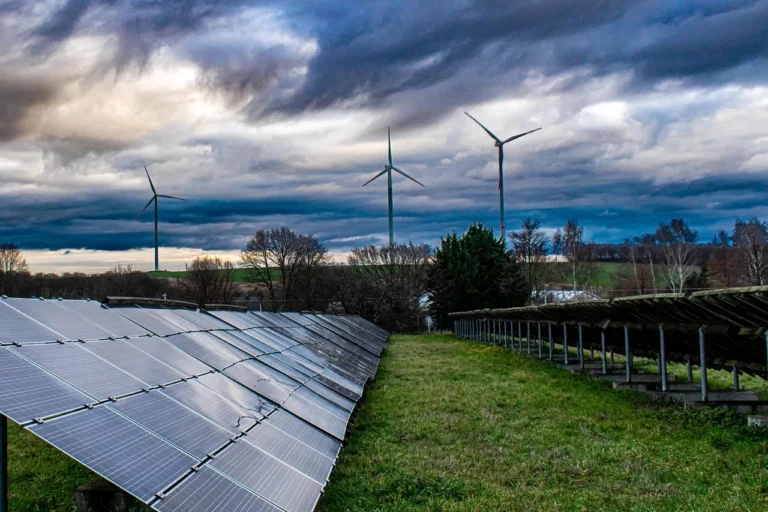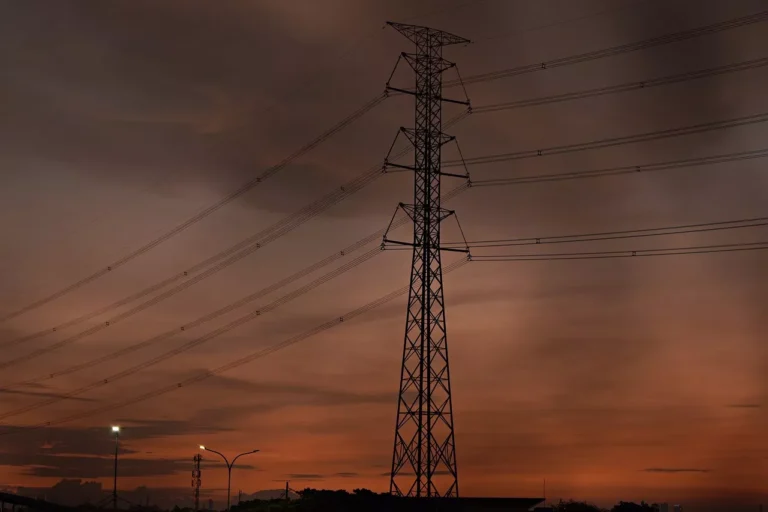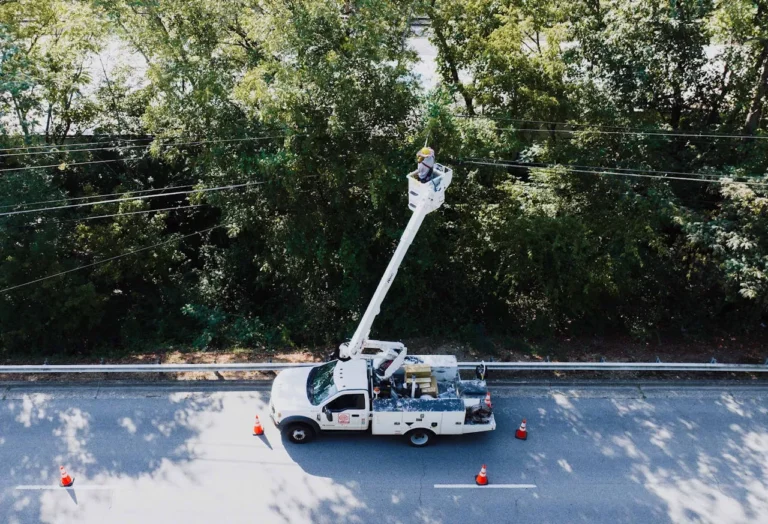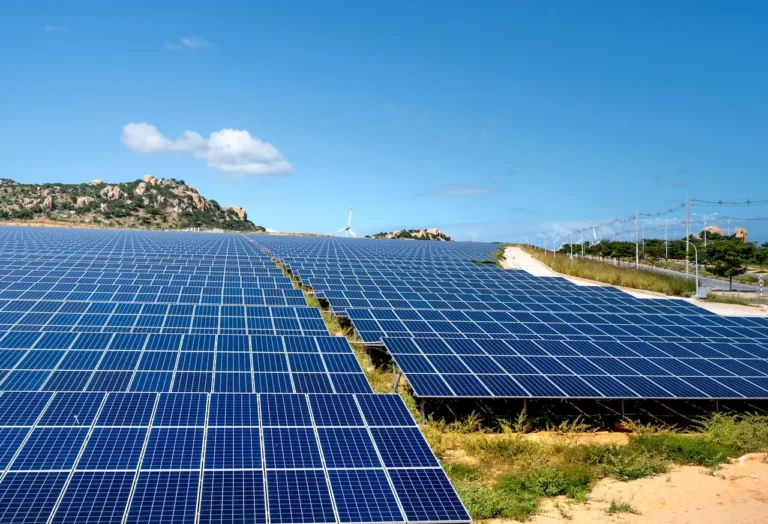
Georgia Power has taken a significant step in shaping the energy future of Georgia by filing its 2025 Integrated Resource Plan (IRP). This comprehensive plan outlines the company’s strategic initiatives to meet the increasing energy demands of a rapidly growing state while maintaining reliability, affordability, and sustainability. Filed with the Georgia Public Service Commission (PSC), the 2025 IRP builds on the successes of previous plans, including the 2023 IRP Update approved in April 2024.
Meeting the Energy Needs of a Growing Georgia
Georgia Power has observed significant economic development trends across the state, with businesses relocating to Georgia bringing high energy demands. Over the next six years, the company projects an electrical load growth of approximately 8,200 megawatts (MW), which surpasses previous projections by over 2,200 MW by 2030. To address this anticipated demand, Georgia Power has laid out an extensive strategy that includes infrastructure investments, modernization of power generation facilities, and the integration of new technologies.
Kim Greene, Chairman, President, and CEO of Georgia Power, emphasized the company’s long-term commitment, stating, “At Georgia Power, our vision extends far beyond today—we plan for tomorrow, the next ten years, and decades to come. As Georgia continues to grow, this state is well-positioned for the future thanks to proactive planning, policies, and processes like the Integrated Resource Plan. The 2025 IRP provides a comprehensive plan to support Georgia’s continued economic growth and serve Georgians with clean, safe, reliable, and affordable energy well into the future.”
Expansion of a Diverse Energy Mix
For more than 140 years, Georgia Power has continually evolved its energy generation capabilities. The company has shifted toward cleaner, more efficient energy sources while maintaining reliability and resiliency. The 2025 IRP proposes targeted investments in existing power plants and new infrastructure to support Georgia’s growing energy needs.
Key proposed enhancements include:
- Nuclear Energy Expansion: Georgia Power is investing in extending power uprates at Plants Hatch and Vogtle. With the completion of Vogtle Units 3 & 4, Georgia is now home to the largest clean energy generator in the U.S. Additional investments in Hatch Units 1 & 2 and Vogtle Units 1 & 2 will contribute an extra 112 MW of carbon-free energy.
- Natural Gas Upgrades: The company plans to further integrate cleaner natural gas technology, reducing carbon emissions by over 60% since 2007. Plant McIntosh near Savannah will receive upgrades to add 268 MW of capacity. Additionally, certain coal and natural gas units will continue operations through at least 2034, with necessary upgrades to enhance efficiency.
- Coal-Fired Plants Upgrades: Plants Bowen and Scherer, which generate approximately 4,000 MW, are among the most advanced coal-fired facilities in the world. Georgia Power will continue implementing state-of-the-art environmental technologies to reduce emissions while maintaining reliability.
- Hydroelectric Modernization: Georgia Power will modernize nine existing hydroelectric plants with critical refurbishments, ensuring at least another 40 years of efficient, emission-free power generation.

Growing Renewable Energy Resources
Georgia Power is committed to expanding its renewable energy portfolio while maintaining flexibility in changing market conditions. The 2025 IRP proposes the procurement of 4,000 MW of renewable energy resources by 2035, with 1,100 MW of new resources introduced in this plan. This will increase Georgia Power’s total renewable capacity to approximately 11,000 MW by 2035.
Additionally, energy storage plays a crucial role in enhancing grid reliability. The company plans to procure new Battery Energy Storage Systems (BESS) through competitive Request for Proposal (RFP) processes. These efforts build upon Georgia Power’s existing commitment to adding over 1,500 MW of battery storage in the coming years.
Enhancing Grid Reliability and Resiliency
A robust and resilient power grid is essential for Georgia’s growing economy. Georgia Power has invested heavily in modernizing the state’s electrical infrastructure over the last decade. These efforts have resulted in fewer and shorter power outages, benefiting customers, especially during extreme weather events like Hurricane Helene and Winter Storm Cora.
The 2025 IRP includes a 10-year transmission plan to strengthen Georgia’s transmission network. This plan proposes over 1,000 miles of new transmission lines, improving system efficiency and ensuring reliable energy delivery across the state. The company also plans to implement advanced grid-enhancing technologies to accommodate growing solar and battery energy storage integrations.
Customer-Focused Programs and Demand-Side Solutions
Georgia Power recognizes the importance of customer-focused solutions that provide greater control over energy usage, improve efficiency, and support sustainability goals. The 2025 IRP includes a variety of innovative programs designed to meet the evolving needs of residential, commercial, and industrial customers.
Key initiatives include:
- Solar Plus Storage Programs: A new solar-plus-storage program tailored for residential and small commercial customers, enabling greater adoption of clean energy.
- Demand Response Initiatives: A distributed energy resource (DER)-enabled demand response program aimed at meeting the capacity and resiliency needs of large customers.
- Expanded Renewable Energy Subscription Programs: Enhancements to existing subscription-based renewable energy programs, allowing more customers to participate in Georgia Power’s clean energy transition.
- Energy Efficiency and Demand-Side Management: The company remains committed to enhancing energy efficiency through customer-centric initiatives. The 2025 IRP proposes the expansion of programs like Energy Assistance for Savings and Efficiency (EASE) and HopeWorks, designed specifically for income-qualified customers.
Kim Greene reaffirmed the company’s commitment to customer needs, stating, “The changing needs of our customers—and how they use energy every day in their homes and businesses—are at the center of every decision we make. We work with customers every day to help them find solutions that work for them, and we know that every kilowatt we can help them save matters. Through the IRP process, we not only consider how we make and move electricity, but also how to leverage the latest customer insights to develop programs that help our customers meet their unique needs and use energy more efficiently.”
As Georgia’s population and economy continue to expand, Georgia Power remains committed to providing sustainable, reliable, and affordable energy. The 2025 IRP is a forward-thinking blueprint that balances growth with environmental responsibility, integrating emerging technologies, renewable energy, and grid enhancements to serve the state’s evolving energy landscape.
With a combination of nuclear, natural gas, hydro, and renewable energy resources, alongside customer-focused demand-side programs, Georgia Power is well-positioned to support Georgia’s dynamic energy needs for years to come. The company’s proactive approach ensures that Georgia remains at the forefront of energy innovation while maintaining a reliable and resilient power system for businesses and residents alike.
Furthermore, Georgia Power’s commitment to research and development in energy technology ensures that future advancements in renewable integration, storage solutions, and smart grid technologies will keep Georgia at the cutting edge of the energy transition. The company’s dedication to collaboration with state agencies, research institutions, and industry partners will play a pivotal role in shaping a cleaner and more efficient energy future for all Georgians.










